





The Surrealism Website
Bridget Tichenor (1917-1990)
 Bridget Tichenor was of British descent being from an extremely well connected family. Her mother was related to many of the Royal families in Europe and she was part of the Baring banking family. Bridget was both wealthy and classically beautiful, and when young worked as a model for Coco Chanel.
Bridget Tichenor was of British descent being from an extremely well connected family. Her mother was related to many of the Royal families in Europe and she was part of the Baring banking family. Bridget was both wealthy and classically beautiful, and when young worked as a model for Coco Chanel.
She studied art at the Slade school in London. In 1939 her mother arranged for her to be married to a wealthy american friend of Cole Porter, partly to get her away from the approaching war in Europe. Her marriage collapsed after she met Jonathan Tichenor in 1943 and she moved into a New York townhouse that she shared with Peggy Guggenheim. Thus Bridget came to know all the circle of surrealist artists.
Her friend and cousin Edward James, the British surrealist art collector and sponsor of the magazine Minotaure invited Bridget to visit him at Las Pozas in Mexico where he had built an amazing surrealist sculpture garden. James had a profound experience through spiritual initiations into mesoamerican shamanistic magic that he had undergone and organised an initiation ceremony for her into a secret Aztec Tonantzin sect.
This entirely changed her life and 1950 she moved to Mexico where she lived for most of her life, and devoted all her time to painting. She had a close friendship with Leonora Carrington and Remedios Varo.
She developed a painting technique based upon 16th-century Italian tempera formulas that artist Paul Cadmus taught her in New York in 1945. She would prepare an eggshell-finished gesso ground on masonite board and painted by applying with small brushes many transparent oil glazes (instead of tempera). This produced a polished jewel-like surface to her paintings.
She developed her own symbolic language and peopled her paintings with various strange beings often enclosed in egg forms.
In the 1960s she bought the Contembo ranch on top of a steep hill overlooking Lake
Patzcuaro, and about 6 hours drive from Mexico City. She had a staff of 25 Indians, many of which were either crippled, or had some abnormality that made them outcasts of the village. Each servant had one specific job to do each day. One crippled man had a job unpacking 25 parrots that were trained to sleep in stacked shoeboxes near a fireplace and place them on their perches each day at sunrise. It took him the morning to get them out and fed, and the afternoon to put them all back. She was surrounded by animals she adopted. Thus the world she created in her artwork is peopled with what she saw as animal spirits and humans interacting.
Her work was not seen much in her life-time but a major retrospective was staged in Mexico city in 2012.
In the late 1970s and into the 80s she became engaged with the image of the mask, and produced a series of mask images.
She was an intensly private individual, and for most of her time in Mexico lived in a remote house, and did not especially wellcome visitors. Luckily she developed a close friendship with Zachary Zelig, the american artist and writer on Kundalini and other spiritual matters, and he was able to record much of the details of her life. Hopefully this will one day be published with illustrations of her paintings.
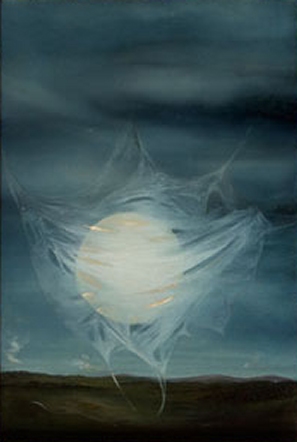
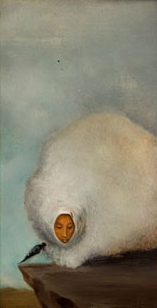
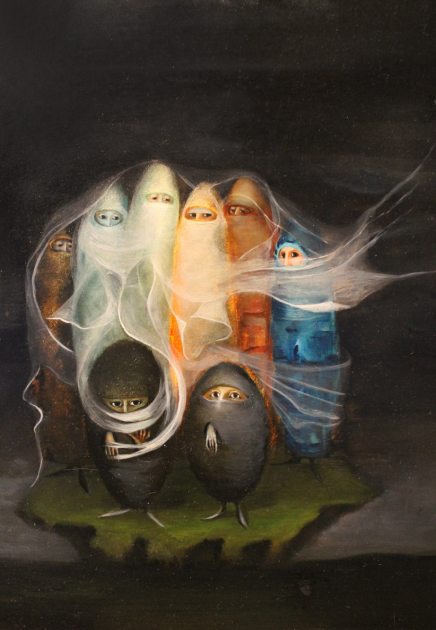
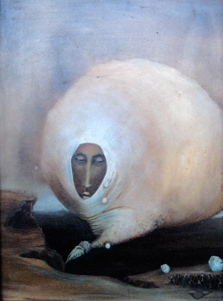
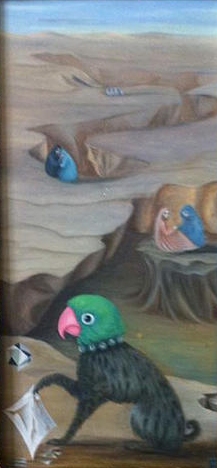
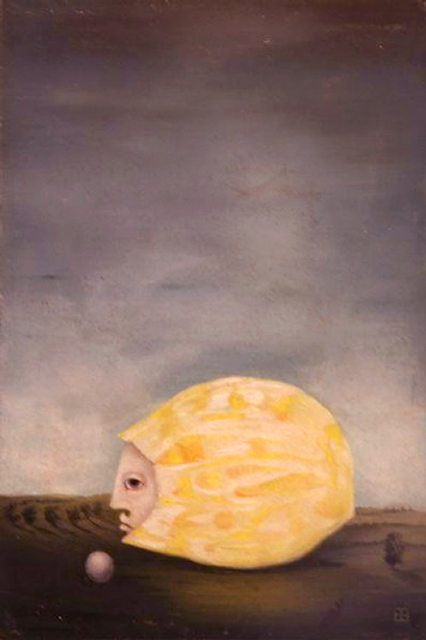
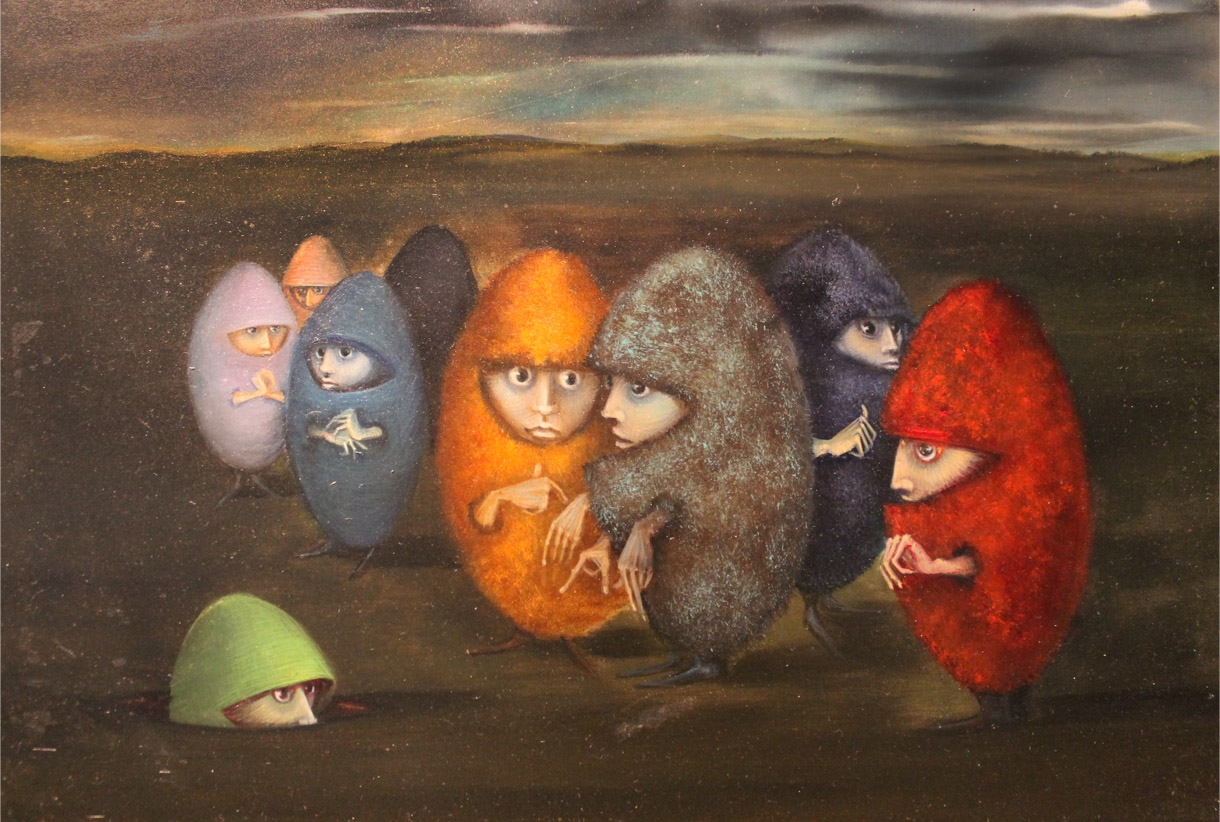
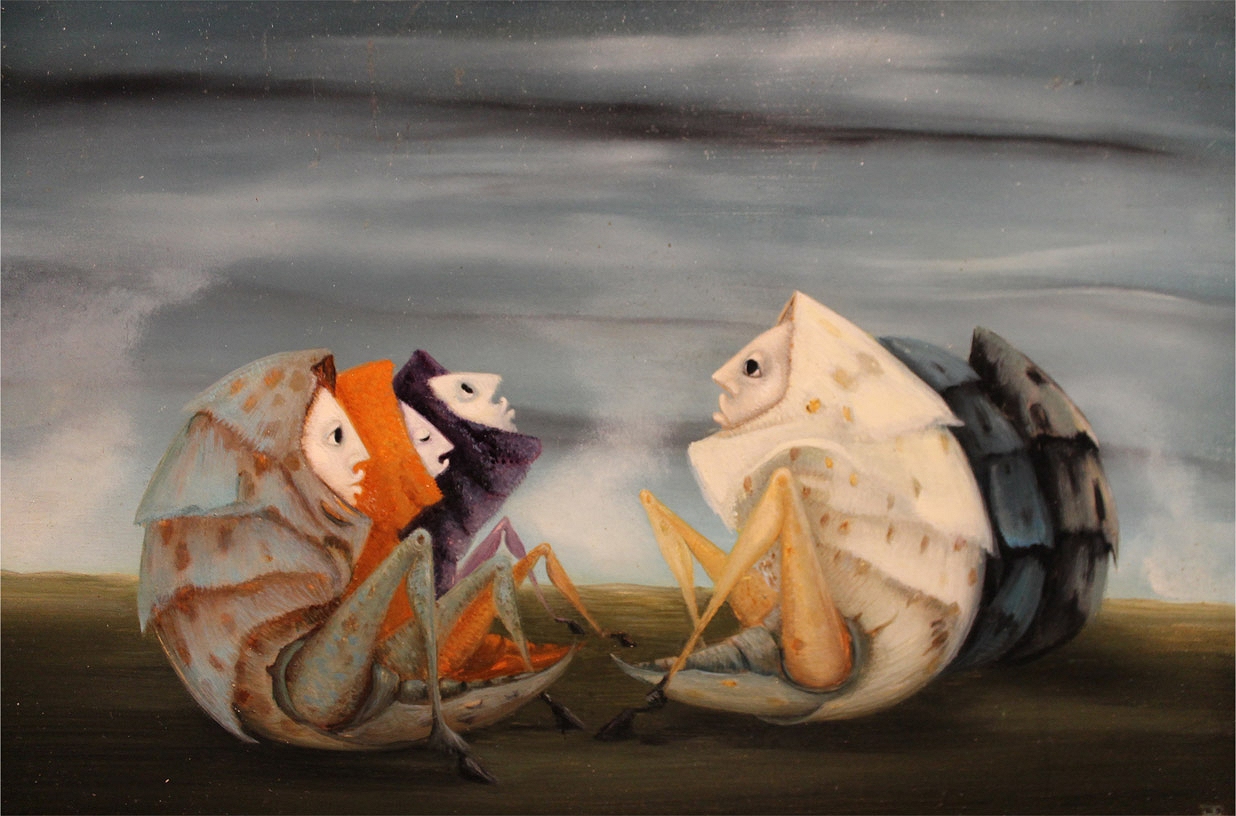
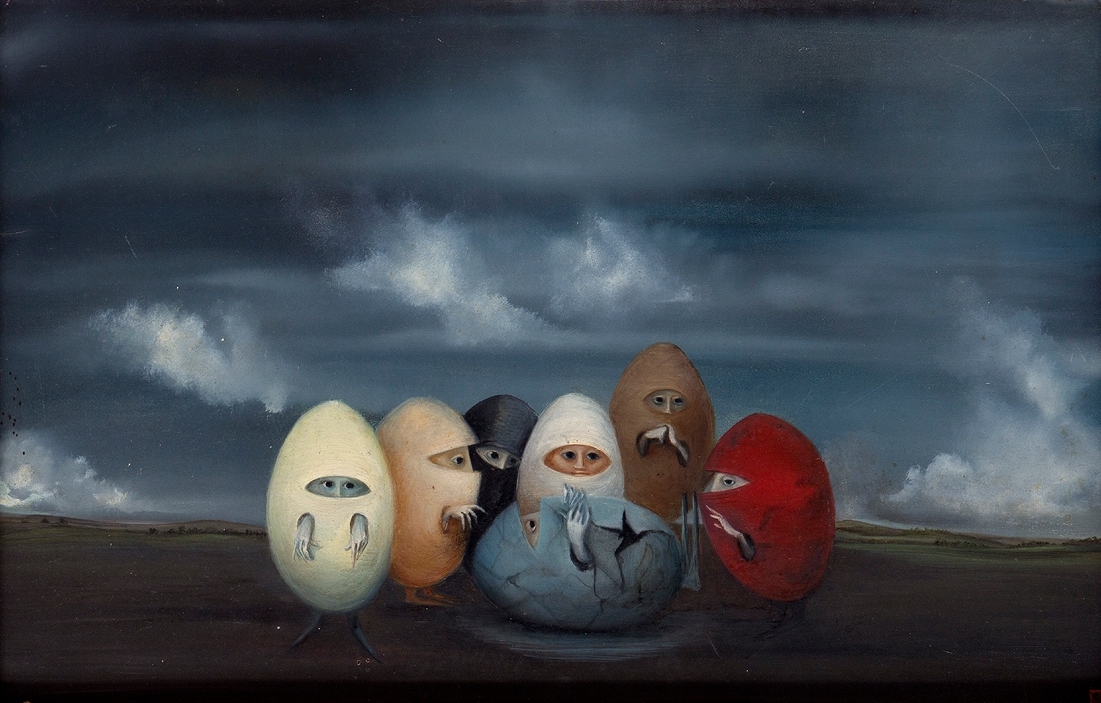
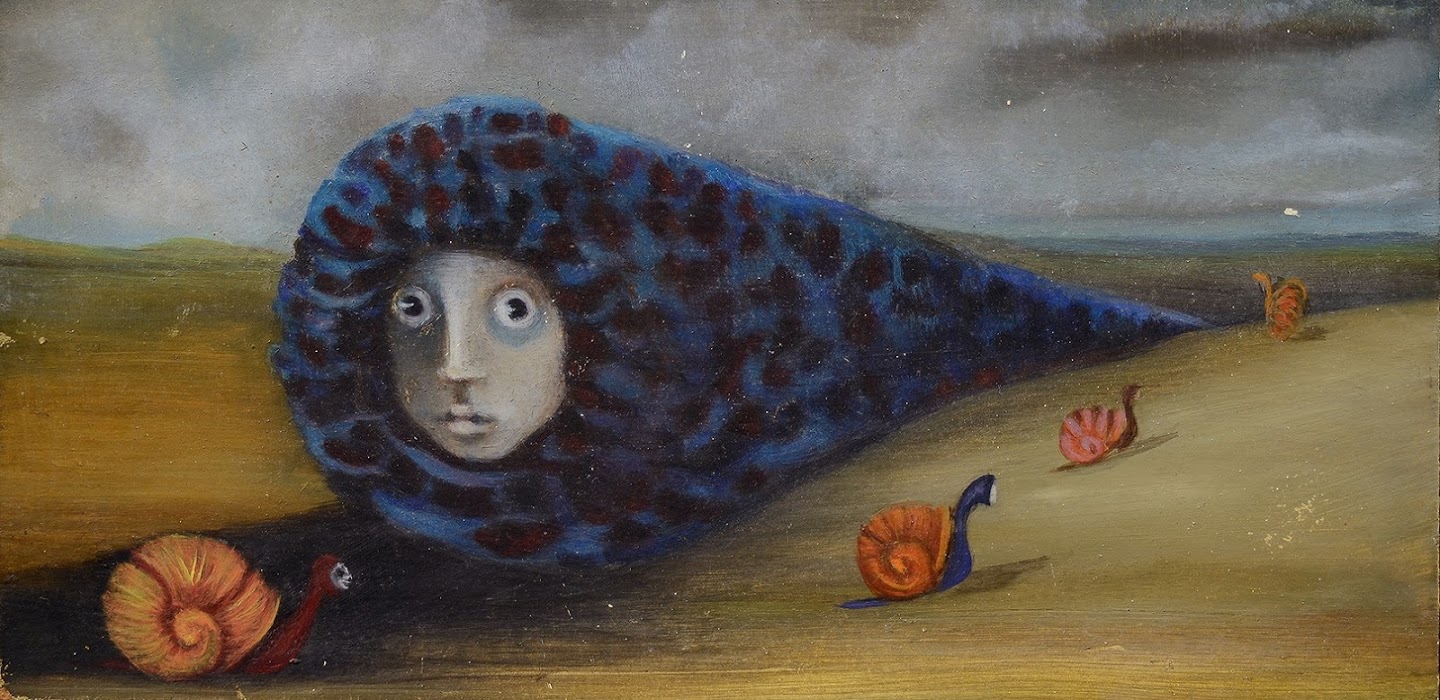
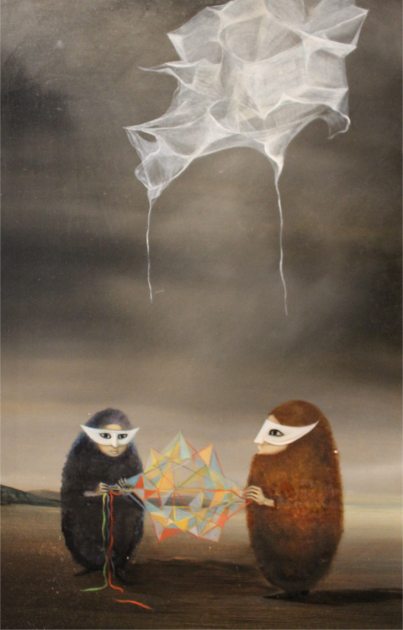
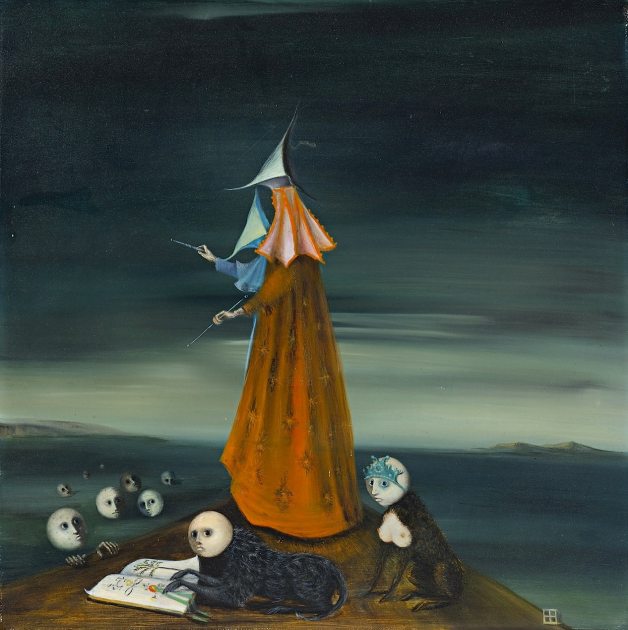

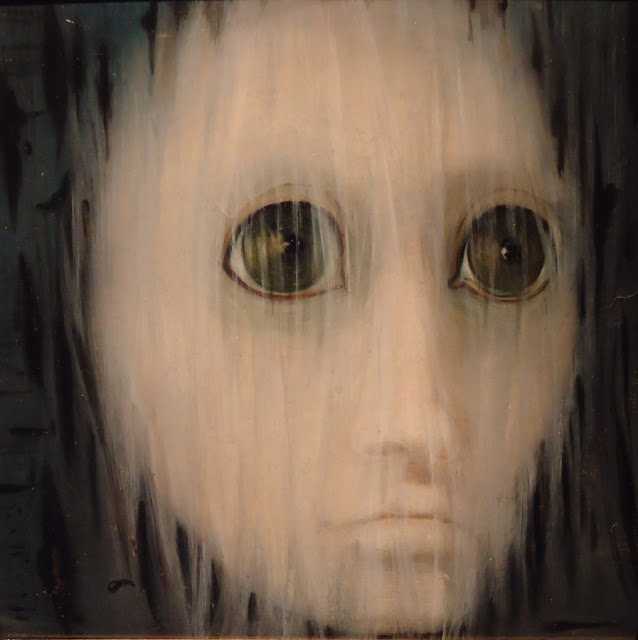
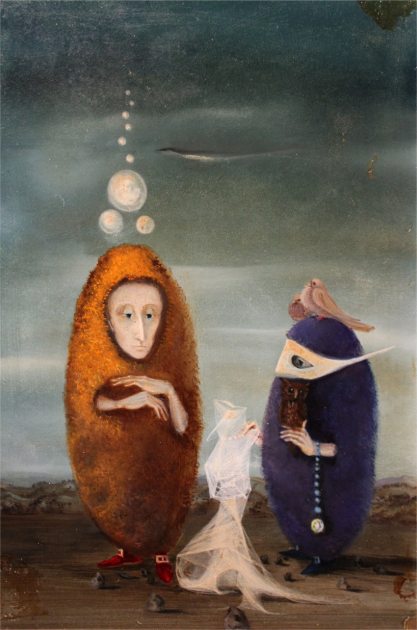
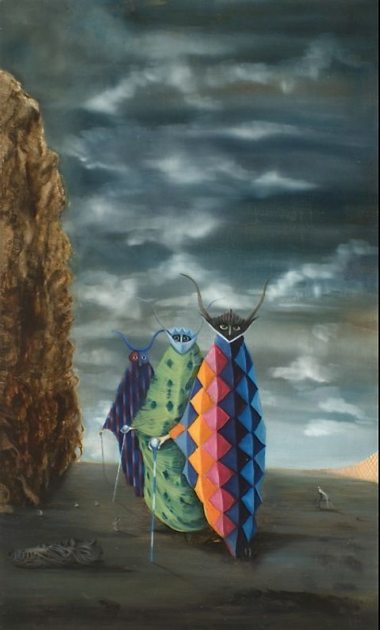
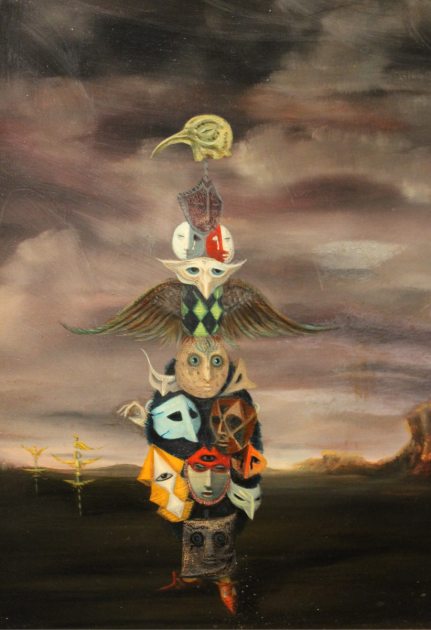
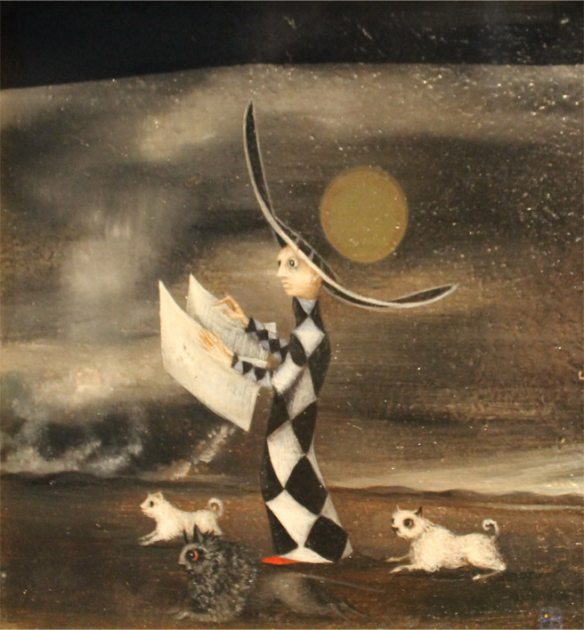
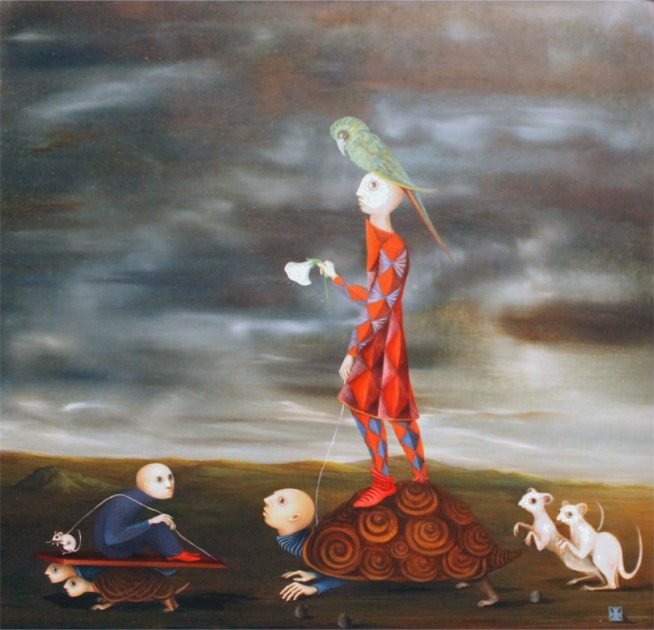
.jpg)
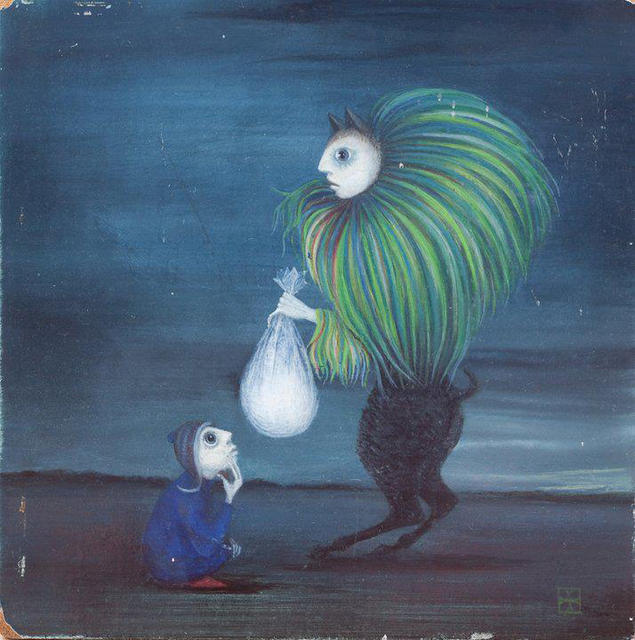

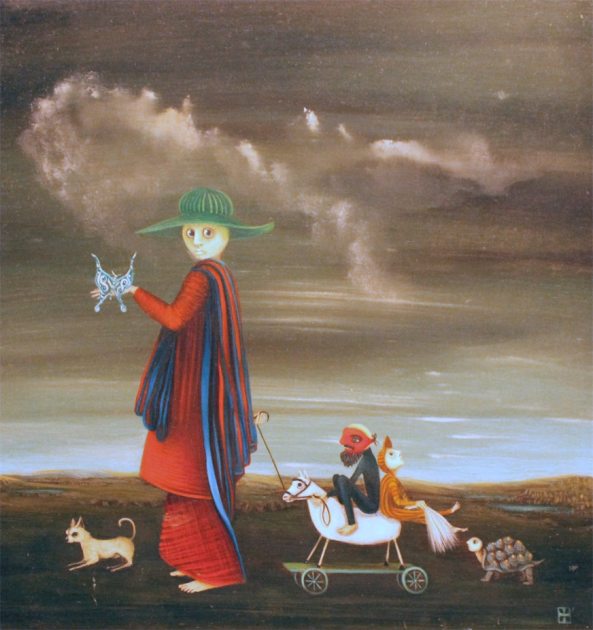
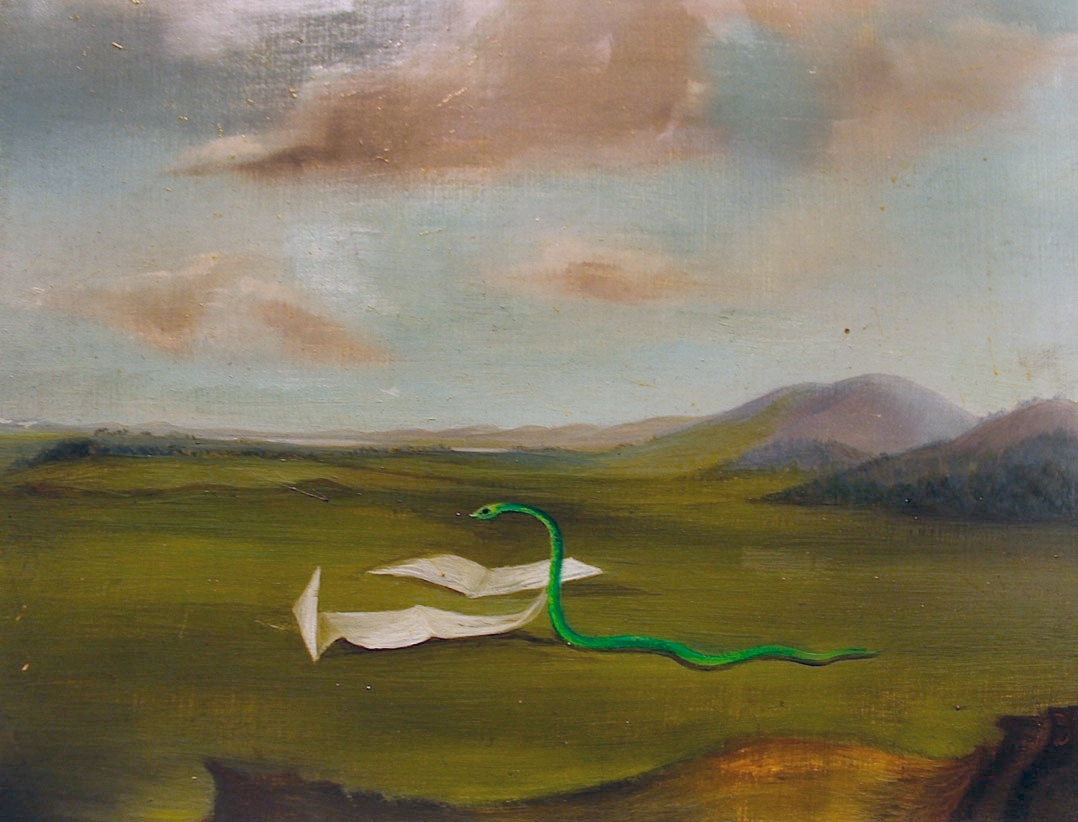
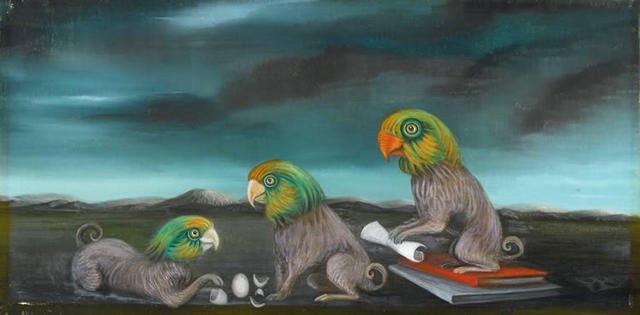
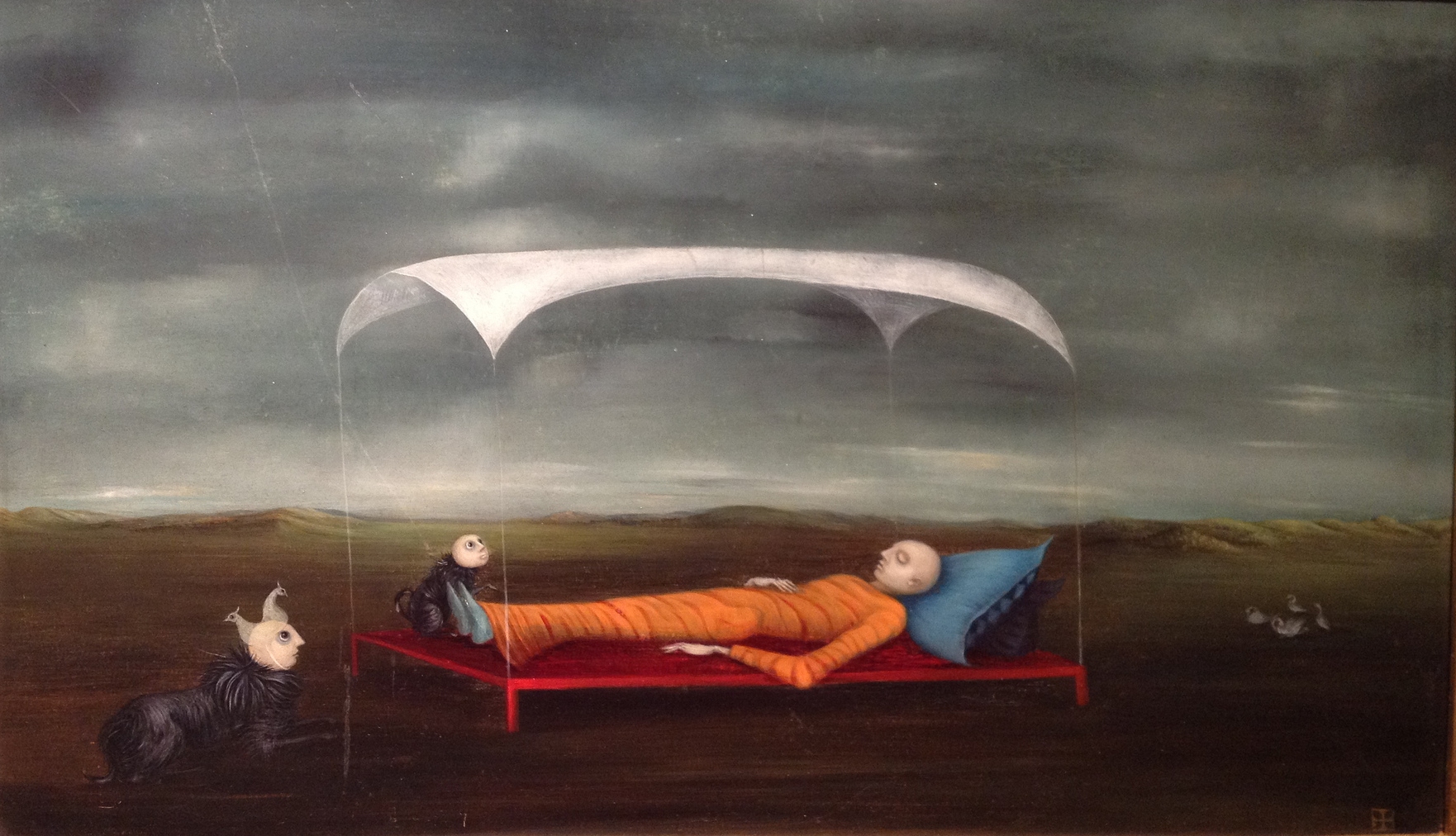
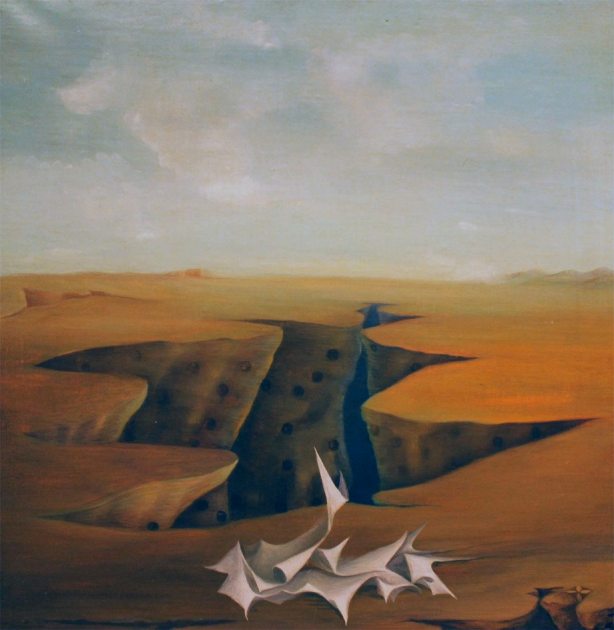
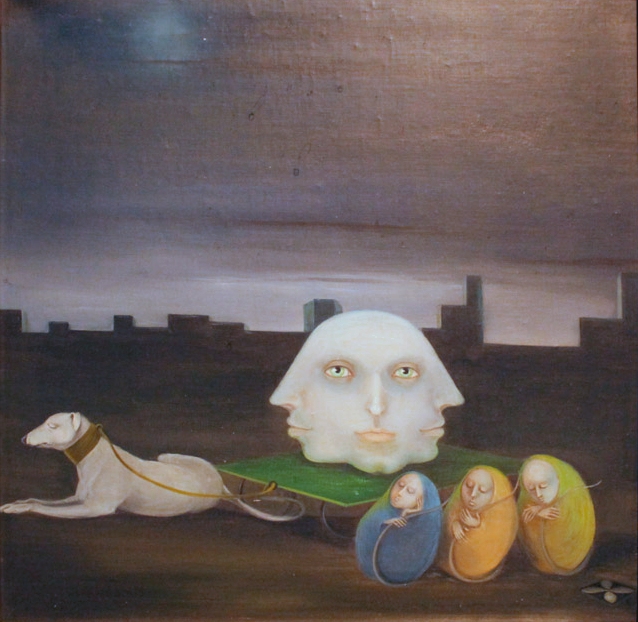
.jpg)
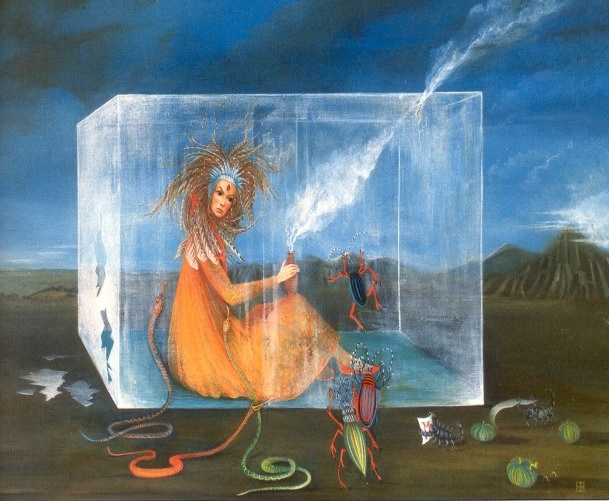
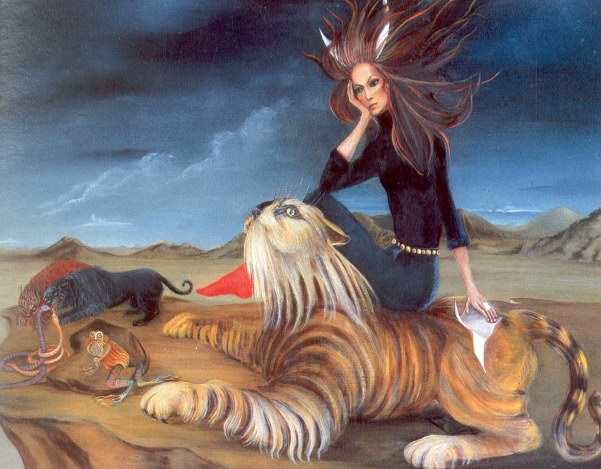
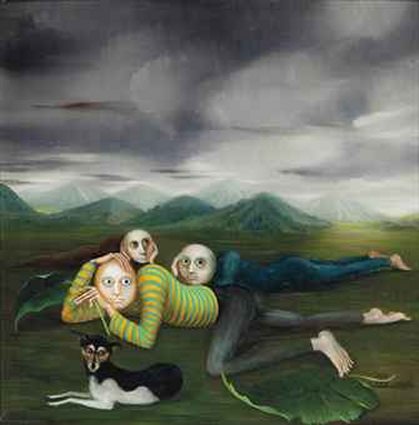
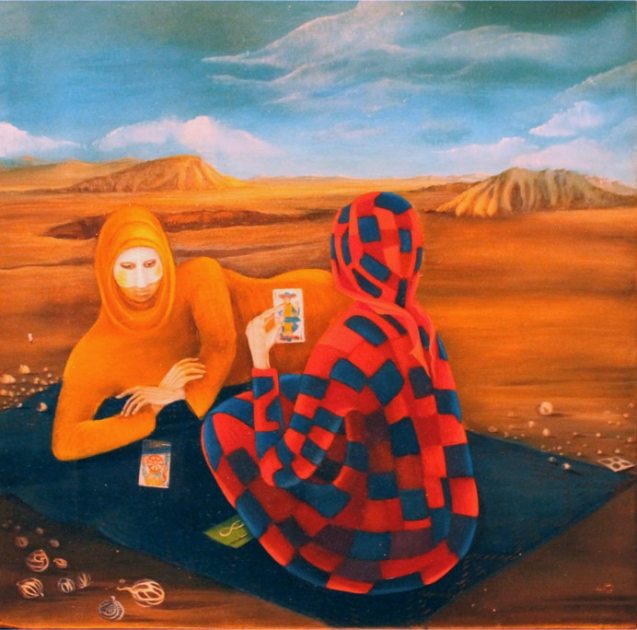
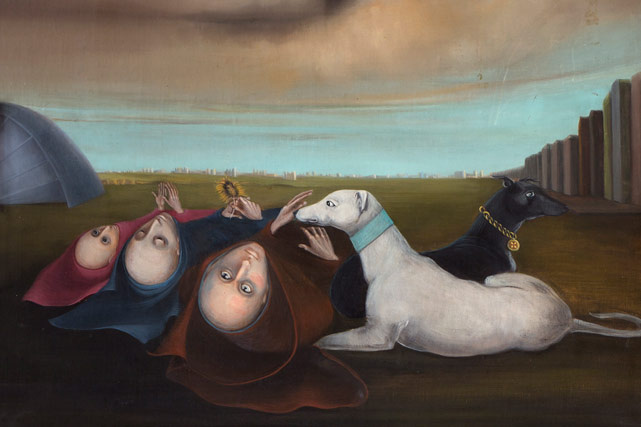
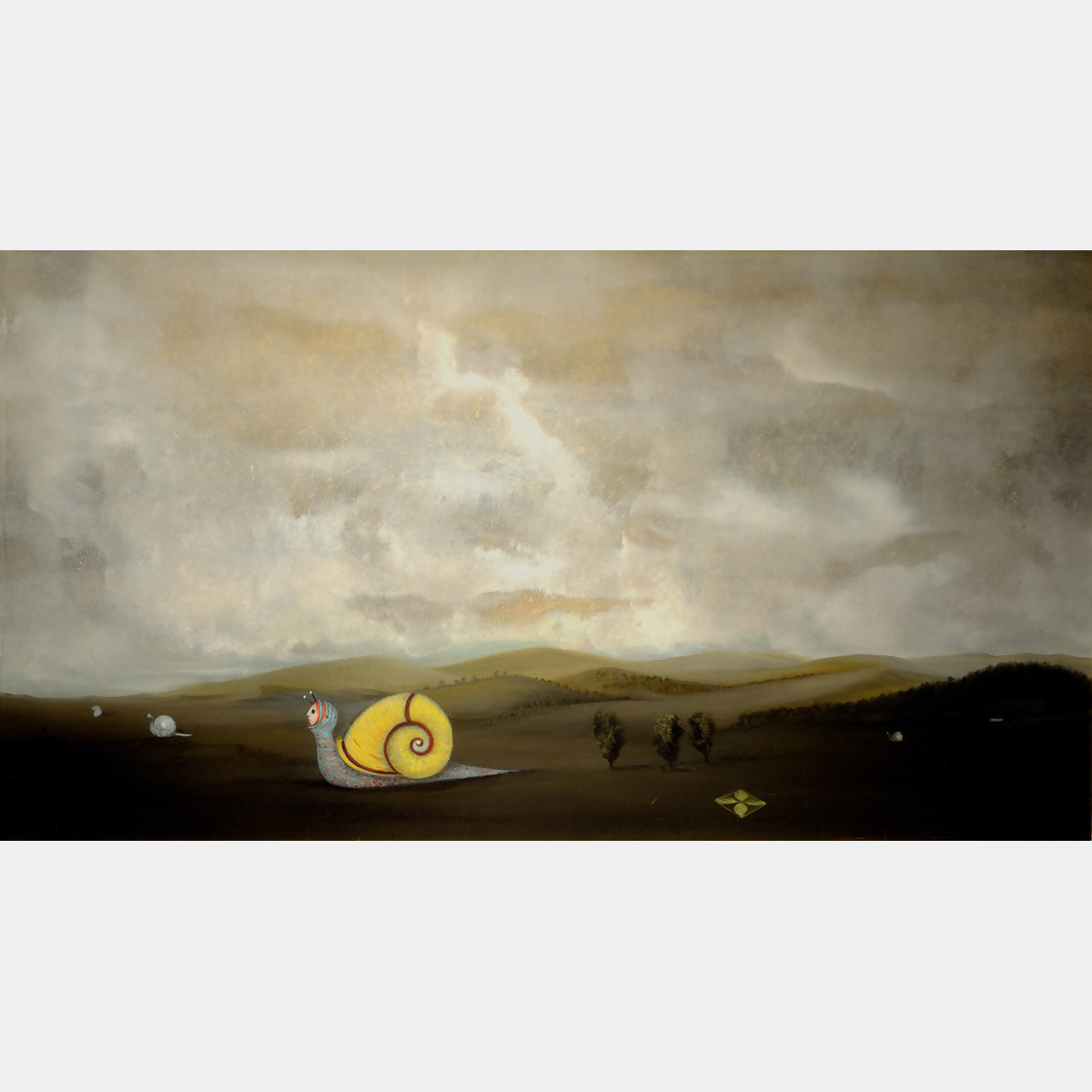

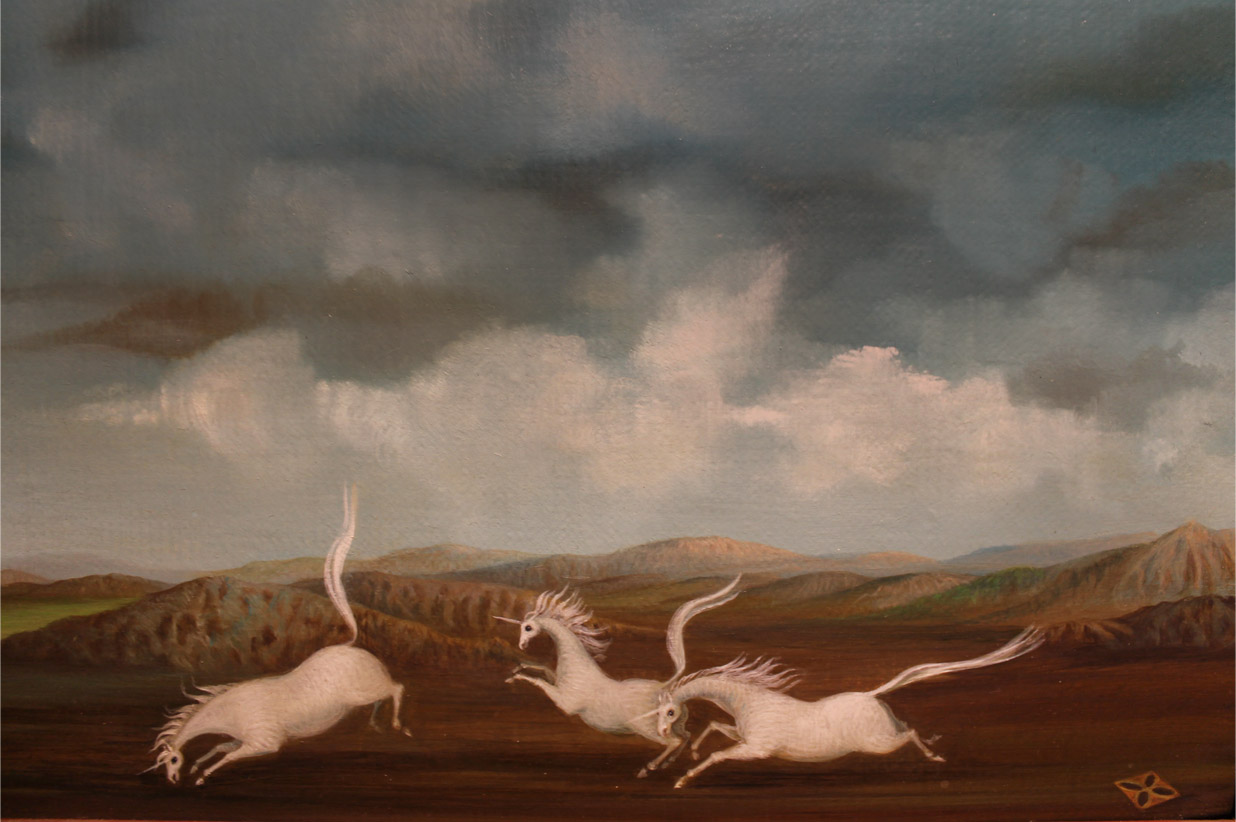
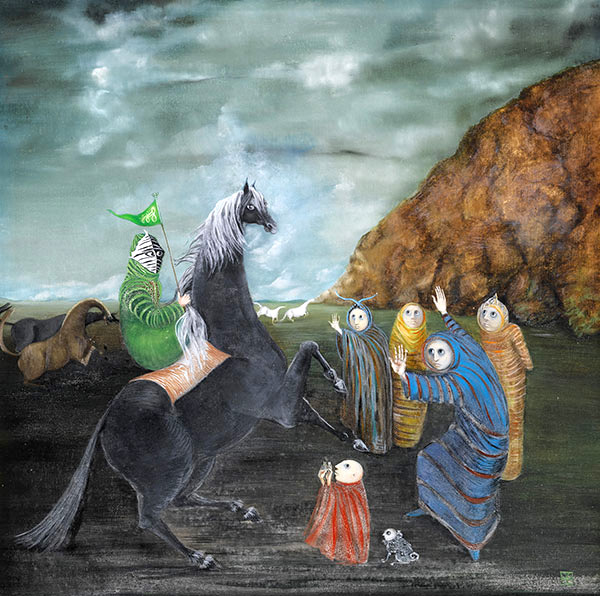
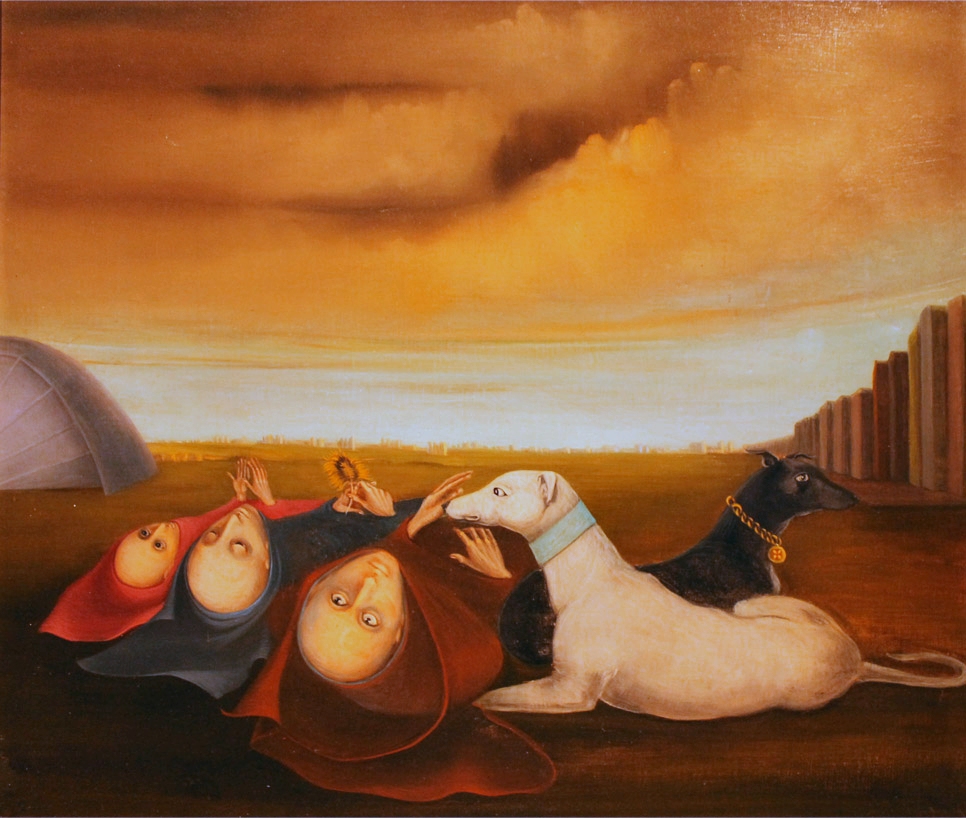
.jpg)
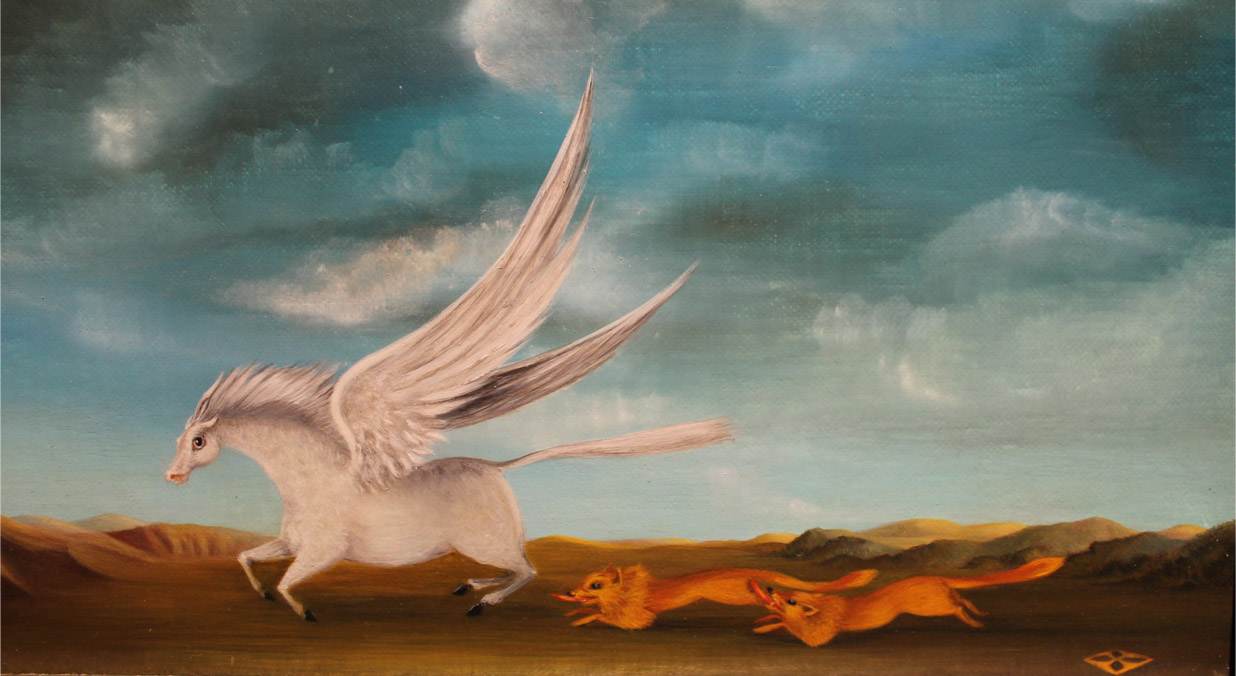

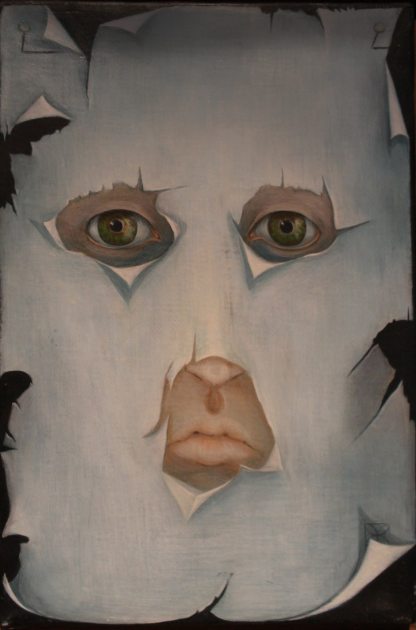
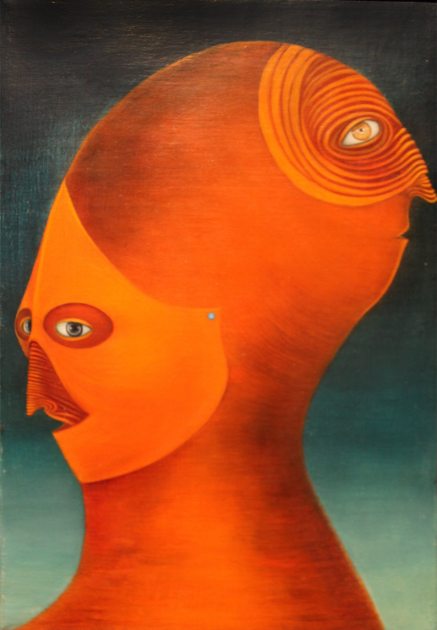
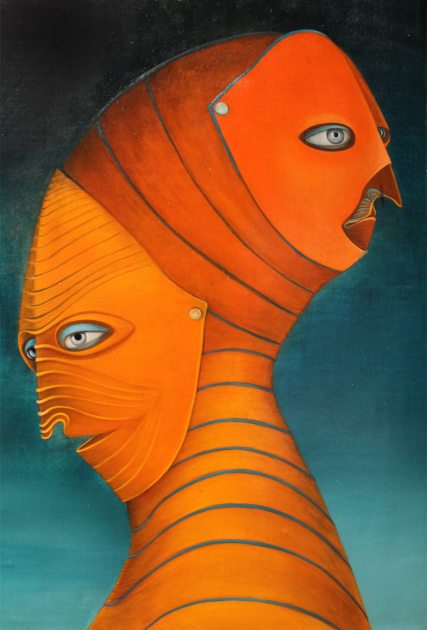
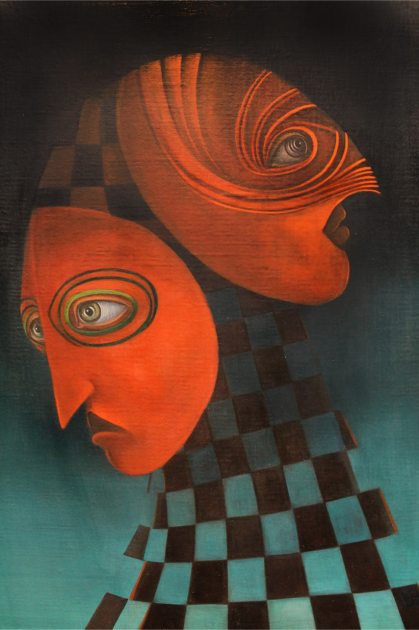
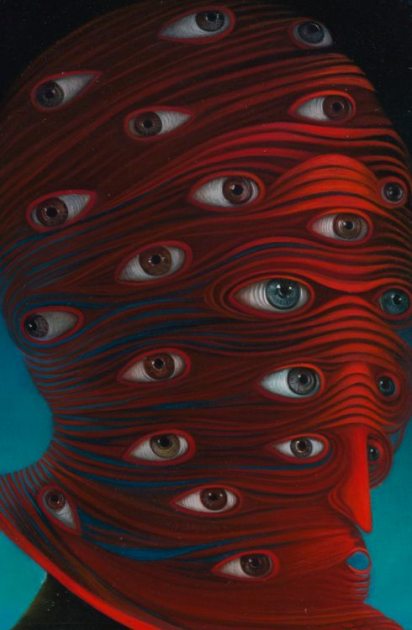
.jpg)
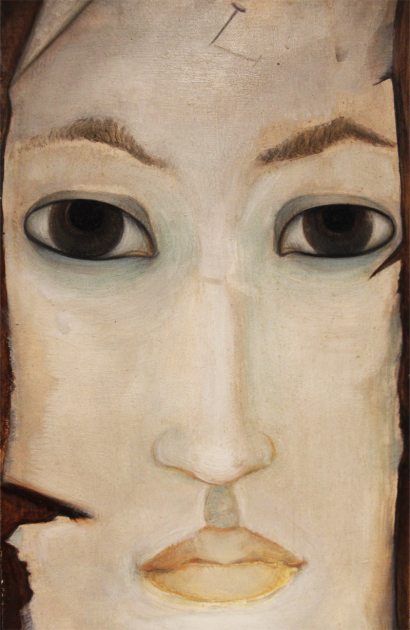
.jpg)
.jpg)
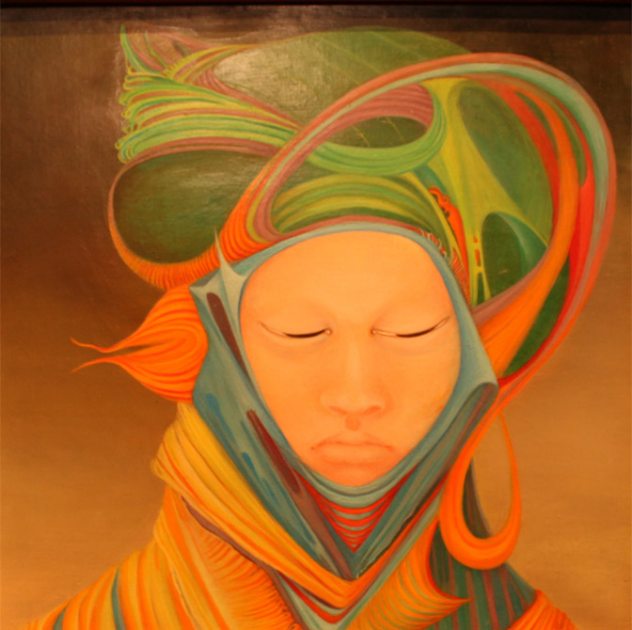
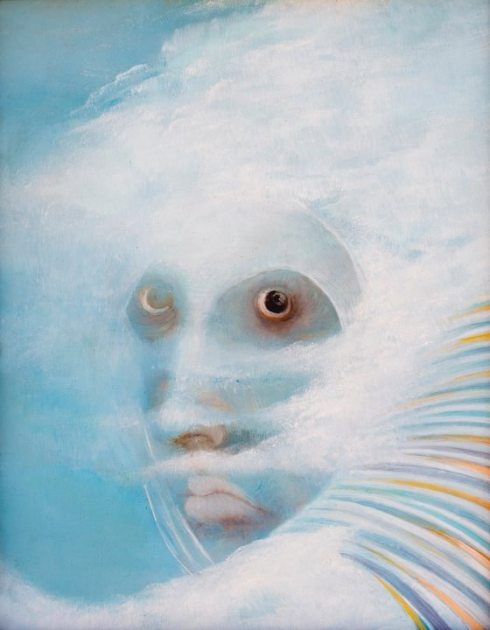
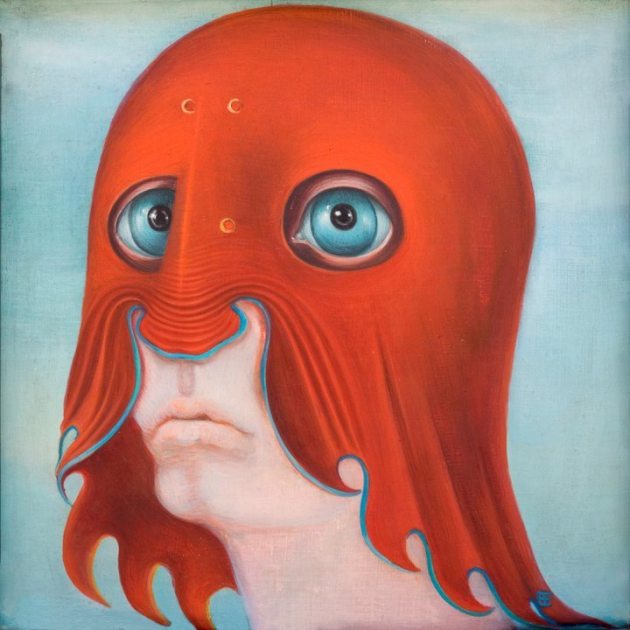
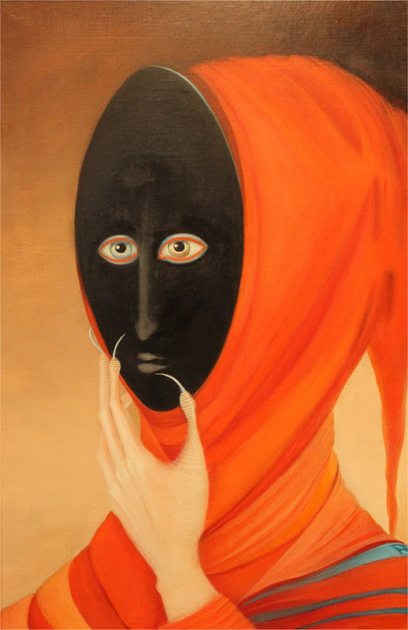
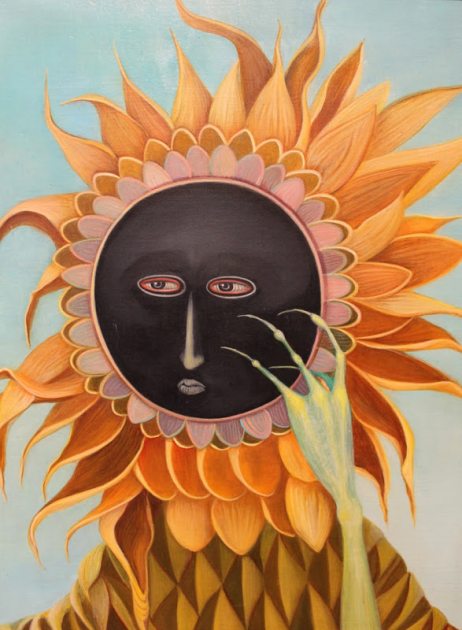
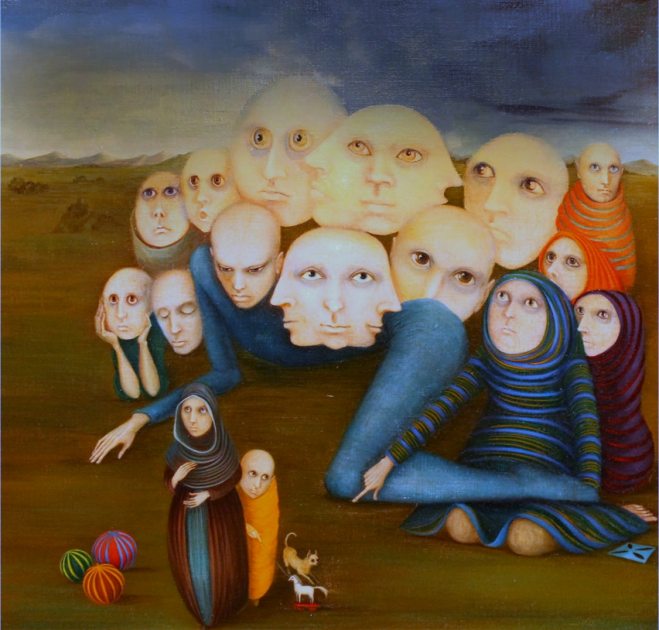
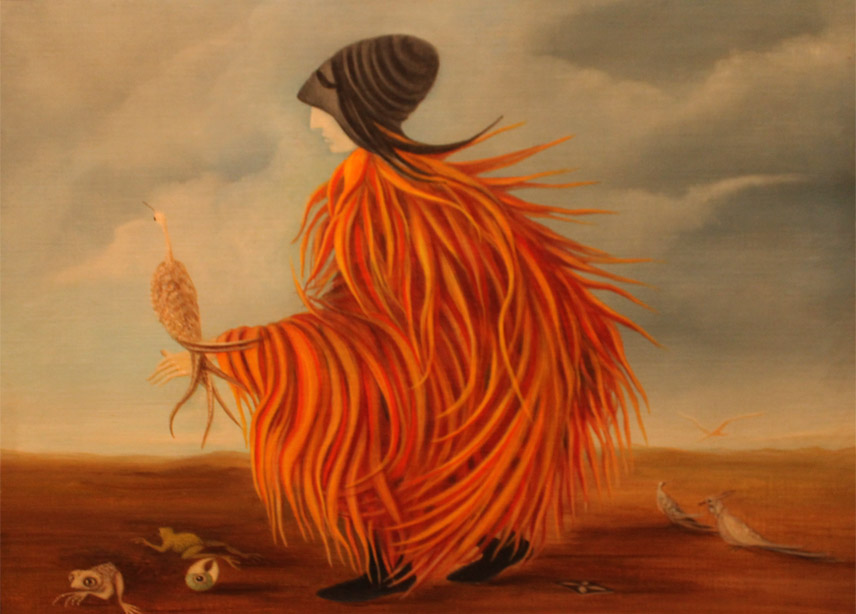
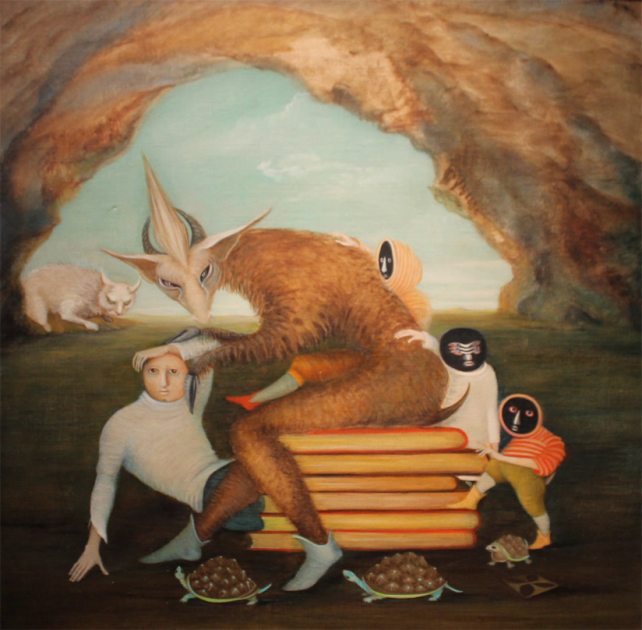
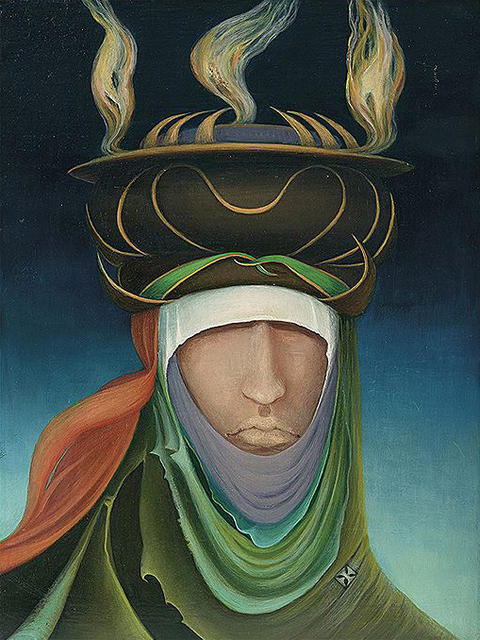
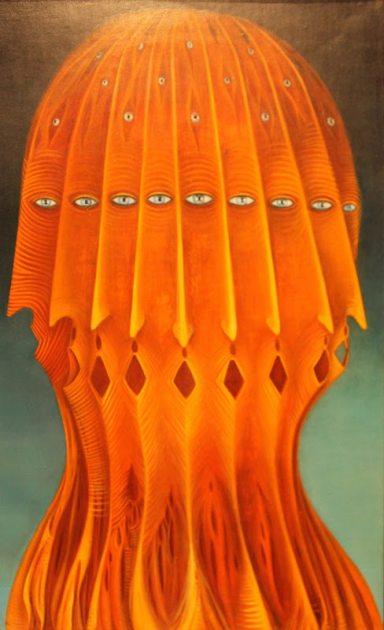
.jpg)
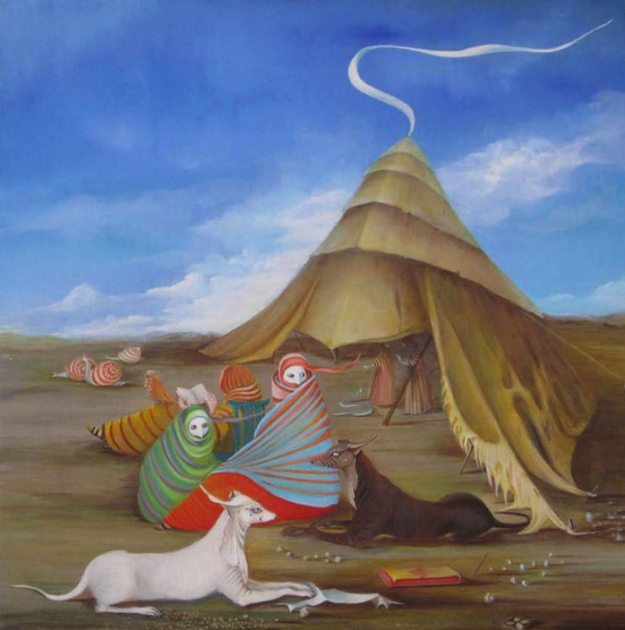
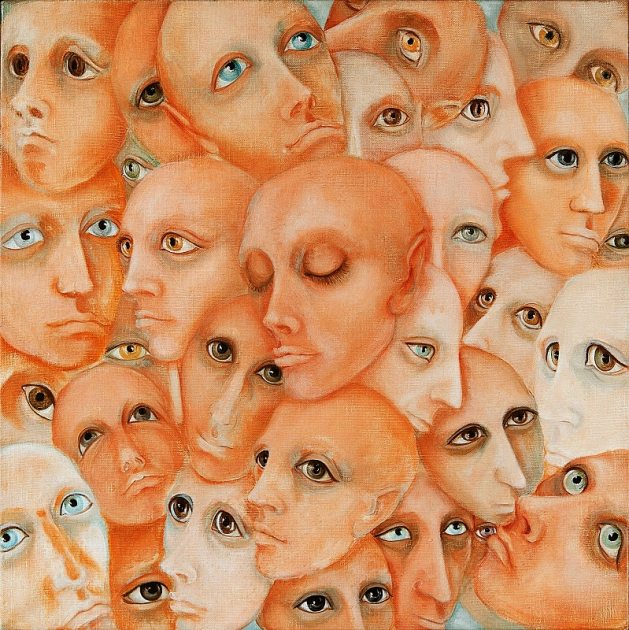
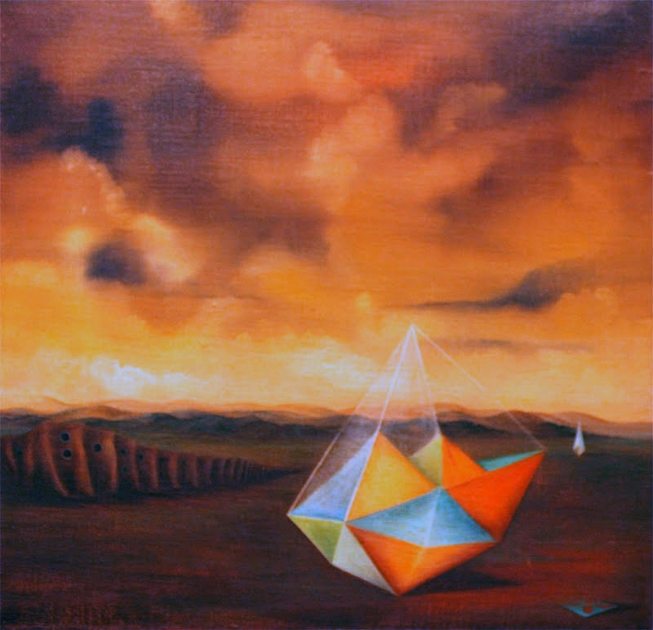
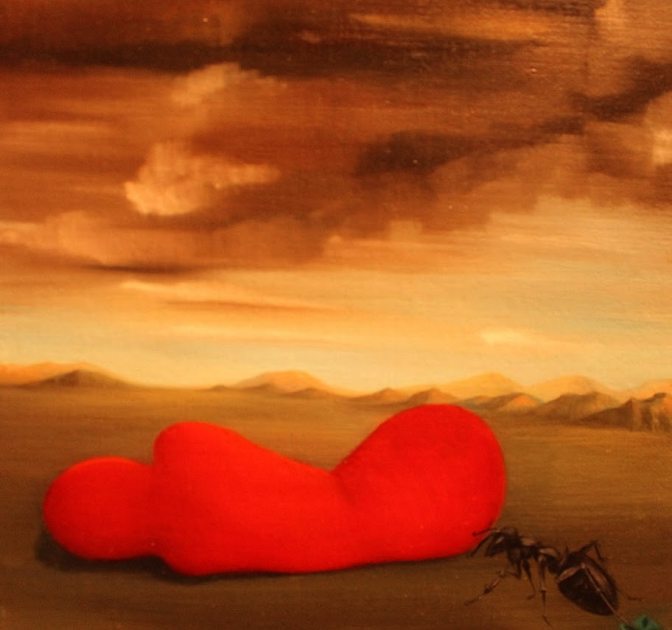
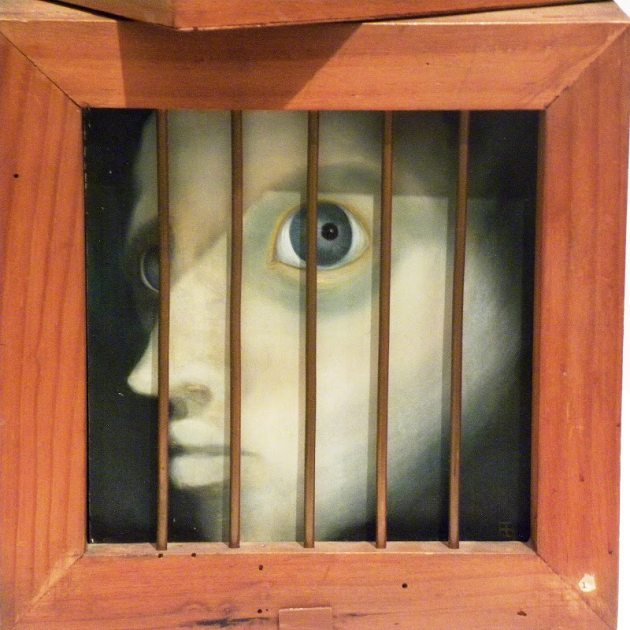
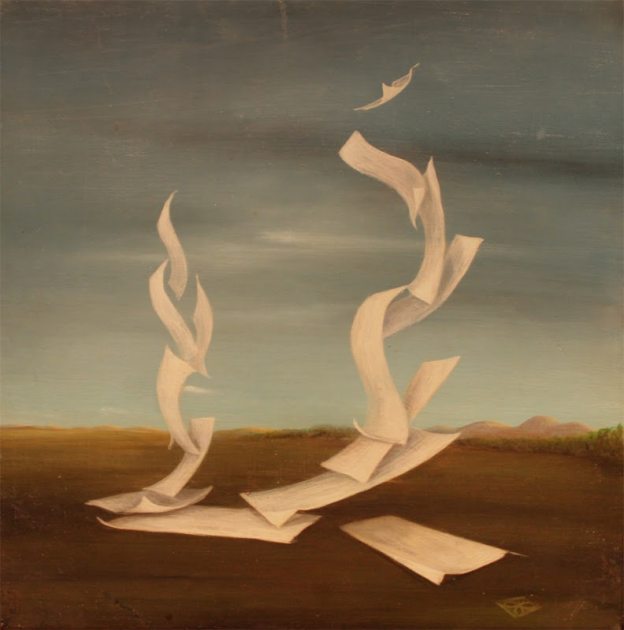

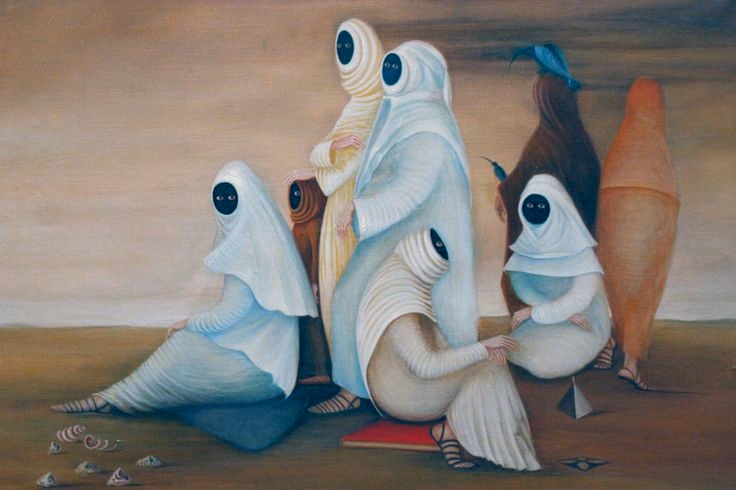
.jpg)
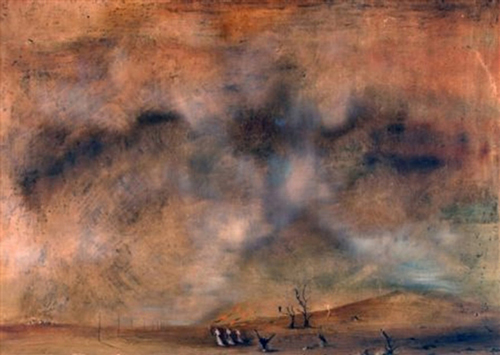
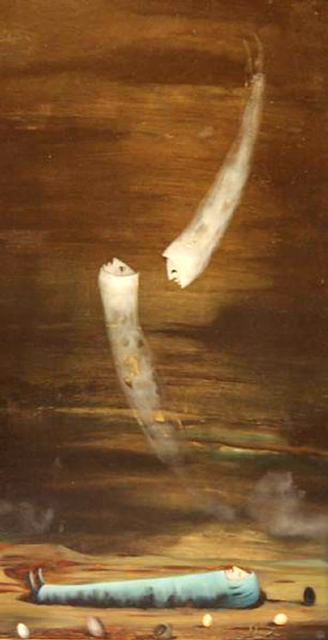
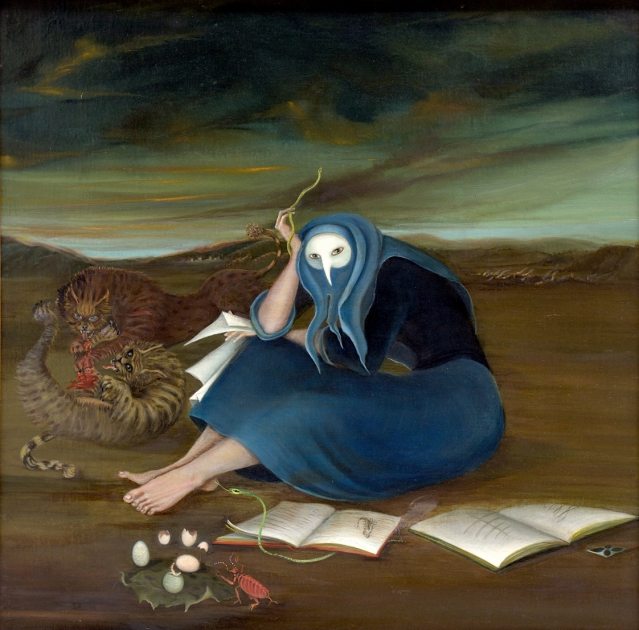

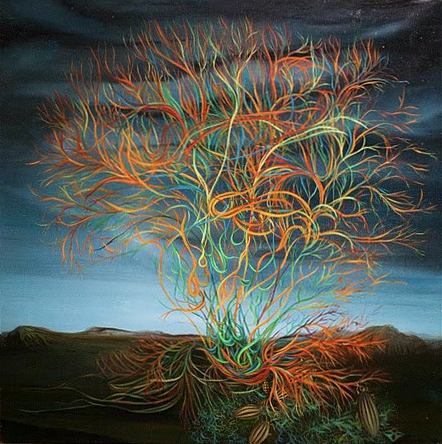

























.jpg)








.jpg)










.jpg)







.jpg)

.jpg)
.jpg)










.jpg)








.jpg)





 Bridget Tichenor was of British descent being from an extremely well connected family. Her mother was related to many of the Royal families in Europe and she was part of the Baring banking family. Bridget was both wealthy and classically beautiful, and when young worked as a model for Coco Chanel.
Bridget Tichenor was of British descent being from an extremely well connected family. Her mother was related to many of the Royal families in Europe and she was part of the Baring banking family. Bridget was both wealthy and classically beautiful, and when young worked as a model for Coco Chanel.